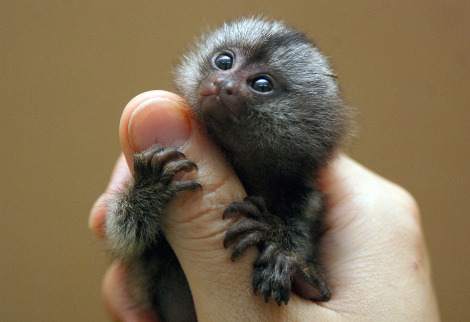It’s not a great time to be an endangered species in Brazil.
The rate at which wildlife is dying off in fragments of rainforests in the South American nation is greater than previously thought.

Scientists visited 196 “fragments” of forest on the eastern, Atlantic coast of Brazil, and found (on average) only four of the 18 mammal species they were looking for.
The problem is that those dozens and dozens of tiny bits of rainforest used to be one huge, cohesive environment where wildlife could roam free.
It has been cut up and divided by roads, cities, farms, and other forms of deforestation.
Among those highly endangered creatures were howler monkeys and marmosets. And species like white-lipped peccaries, which are similar to pigs, were completely wiped out.
“The situation was worse than we thought. All the charismatic species, the large primates, the large ungulates, brocket deer, tapirs, giant anteaters, jaguars, the large cats, all of those things are pretty much gone from even fragments that look on the surface of it, okay, in terms of forest cover,” the researchers told VOA.
“Essentially what we are calling for is a wholesale revision of the Brazilian legislative code that protects wildlife within these remnant forest patches. Because these remnant forest patches are essentially going out of business, if you like, in terms of the wildlife.”
The report was published in the online science journal PLOS ONE.
It is expected that other regions around the world are likely losing wildlife at more alarming rates than previously anticipated.






